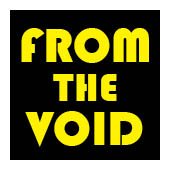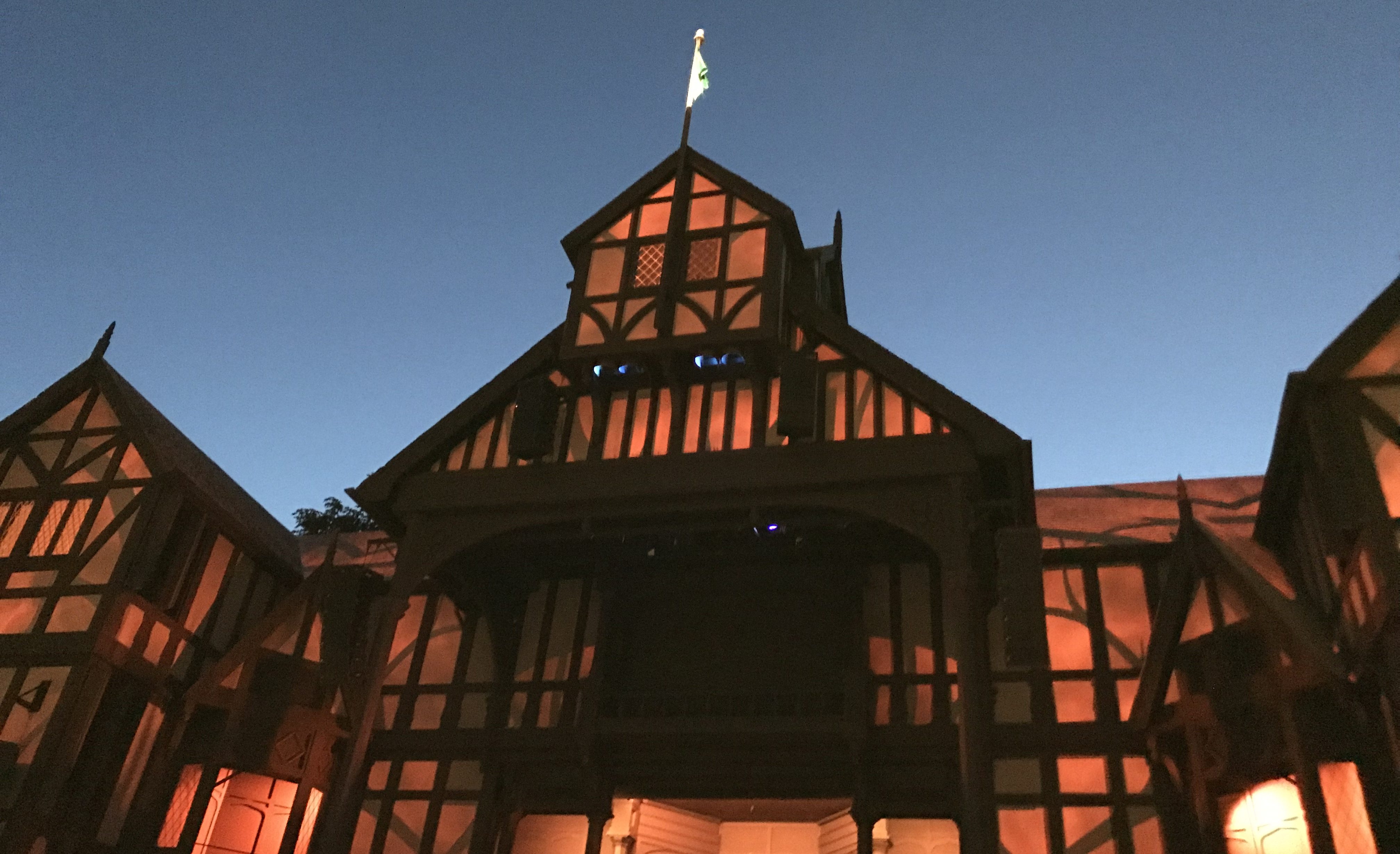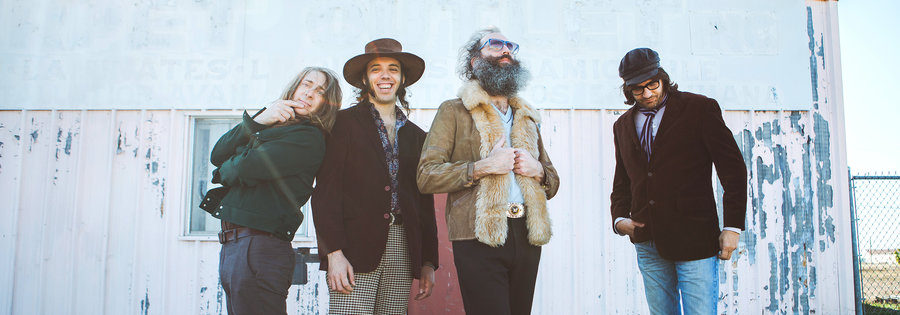
Holiday in Cambodia/Holes in History
Every trip begins with music. It’s a door to foreign cultures for which you need fashion no key. Your brain is a lockpick kit, capable of jimmying any sound. Film and literature are similarly functioning gateways, provided you have subtitles or translated editions, but the magic of music is you need not know the words. Even if you have no idea what a singer is saying, you can hear some quality of her life in her voice. A guitar or oud or shamisen or kalimba needs no translation.
You may not have all the context you want to engage with music alien to your background the first time you hear it, but you have the equipment to receive it and the tools with which to affix it to your interface going forward. I’m not quite ready to plop down the whole “music is the universal language” declaration just yet, because that implies way more commonality of taste and experience than clearly exists. To me, the music of Katy Perry sounds like a Baby Ruth obscenely shoved into the gas tank of a Yugo, while to others it evidently sounds like a Ferrari purring through a recent fill up of high octane. To each his own means of transportation, clearly.
In the past decade, I’ve traveled more than I have in the rest of my life put together, and if I have my way, the next decade will make this one look like a paranoid shut-in. When fortune saw me hopping from castles to waterfalls via the fully functioning motorways of Bavaria some years back, I didn’t have to read many musical maps to navigate the terrain. I’d been soaking in Krautrock for 15 years by then, and the European tradition is just part of the fabric of life for any American with even a rudimentary set of organs of admittance.
When it came time to hike the Inca Trail two years ago, the music of Peru opened up to me like a time-lapse bloom in an Aronofsky film. From cumbia and chicha music to the musica criolla compiled by David Byrne’s Luaka Bop label on “Afro-Peruvian Classics: The Soul of Black Peru,” there was a history just waiting to be explored, a soundtrack aching to score my impending adventures. While many of its original practitioners are no longer with us or have disappeared from the public eye into lives not focused on the creation of the sweet cosmic nectar that is music, their stories lived on. The only limit to the robustness of that soundtrack was my own time available to research it.
Then I decided I needed to go to Cambodia. I’ll also visit Thailand on my upcoming trip, but Cambodian music has an illustrative history to share. To put it more bluntly, there’s a big gaping fucking hole in the history of Cambodian music.
When I started researching the sounds of Cambodia, including looking online for what was available, I noticed something strange (at least to my Western eyes). Whole albums by Cambodian musicians from the decades that tend to be my favorite – the ’60s and ’70s – just didn’t seem to exist. Sure, you could find comps like “The Rough Guide to Psychedelic Cambodia” or “Wat Phnom: Best of Sinn Sisamouth Vol. 1,” but unlike the entire albums I’d searched out and devoured by Los Destellos around my Peruvian passage, there was simply a piss-poor historical document of Cambodia’s musical history from my perspective.
Students of world history, the people who lived through those times, or even folks who’ve seen “The Killing Fields” will guess the answer to this mystery, but it bears repeating, even if only by my still ill-informed white ass. From 1975 to 1979, Cambodian leader Pol Pot and his Khmer Rouge regime wiped out an entire generation of intellectuals, musicians, ethnic minorities, and pretty much anybody else who had the audacity to try to live their lives free of his bullshit cultural program of enforced agrarian lifestyle and unrecognizably twisted Marxist philosophy. It’s estimated that between one and three million people died during that period, taking who knows how much history with them.
When I want to know about the music of New York in the 1970s, all I need do is pick up a copy of WaxPoetics and start reading. The accounts of the musicians, DJs, artists, dancers, and promoters who lived through that era have been documented in glorious detail. When I want to learn about the music of Cambodia during that same era, my options are significantly more limited.
Sisamouth, the “Elvis of Cambodia,” died during Cambodia’s genocide, as did fellow singers Pan Ron and Ros Sereysothea. The likelihood is great that if you’re listening to Cambodian music today, it’s part of a new wave created by bands such as Dengue Fever or Cambodian Space Project. Even the Rough Guide I mention earlier is half filled with contemporary Cambodian bands resurrecting the sounds of the dead, and largely to fill out the running time. Can you imagine buying a collection of classic-era American rock only to have it half filled with songs by the Black Angels and Uncle Acid & The Deadbeats because the members of Jefferson Airplane and Blue Oyster Cult had all been wiped out by our own government?
Cambodia is far from alone in this respect. In recent months, I’ve been devouring Zamrock, Zambia’s garage, psych and funk of the mid-’70s. While reading the liner notes to every album I’ve gotten by the likes of WITCH, Ricky Ililonga & Musi-O-Tunya, Amanaz, The Ngozi Family and more, I noticed another sucking void emerging. The liner notes were nearly all informed by only one member of each band due to the fact that the other four to six members were dead or totally lost and unaccounted for. This time, the main culprit was the AIDS epidemic that started ravaging Africa in the ’80s and continues today. There’s an argument to be made that the AIDS explosion across Africa was a kind of genocide in the form of gross negligence, apathy, prejudice, and more overt elements such as colonial social engineering.
The loss of lives that created these holes in the fabric of culture is certainly more worth noting than the loss of vinyl, but to the historians among us, even of the amateur ethnomusicologist variety, no lapse in the record is a petty matter. In 8th grade, my English teacher told the class that the best thing for America would be a war on our own soil, because it would give us a sense of empathy toward the rest of the world that we sorely lacked. At the time, I was outraged. While I’d never wish that fate on us, that pebble my teacher chucked has rattled around the old mental rock tumbler over the years, shining it to the point that it sheds light on ideas well-pondered by children of privilege. Given how little empathy or intellectual progress the recent plague of mass shootings has wrought, I’m not even sure she was right. But the more I’ve processed that theory, and the more I’ve seen the world and learned of the gaps in its timelines, the more I’ve realized the value of considering such perspective.





One Comment
Another cool post. Unfortunately I can hardly find time to keep up with Dylan let alone open up new veins of music history. I am afraid I’m a waste of ethnomusicology. All the same, send us, the jealous, a Blogcard from the South East. Better yet, send us an only-Ten Pas account of the sounds and songs of your transit.